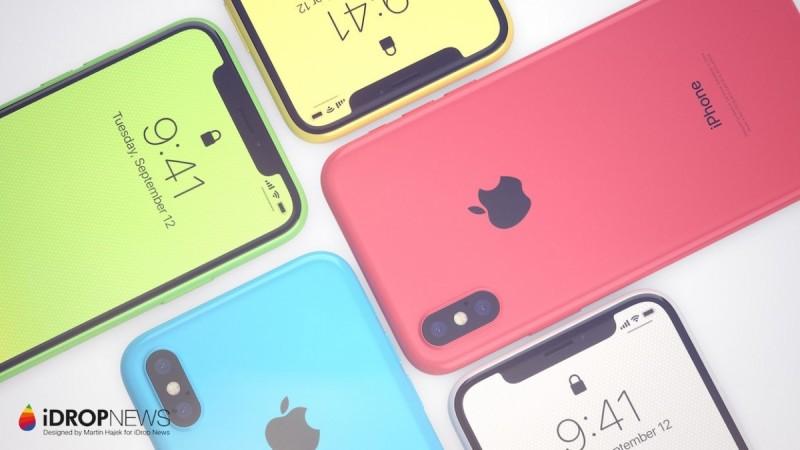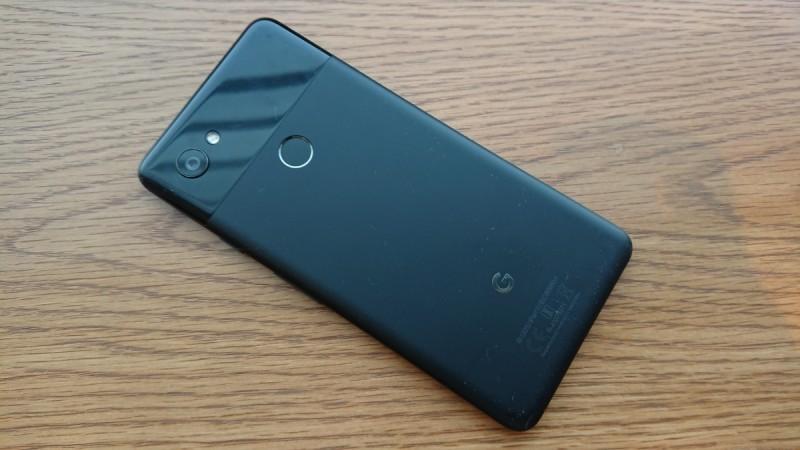Technology giants Apple and Google have launched their flagship smartphones this year with iPhone X and Pixel 2 XL, respectively. Both the smartphones qualify for the premium segment category and were well received by the consumers.
As the year comes to the end, let's see how different and same these two flagships are.
Apple iPhone X comes with a 5.8-inch OLED screen with an aspect ratio of 18:9, the first iPhone to sport an edge-to-edge display. The iPhone X boasts the lightning fast A11 Bionic processor and comes with a dual-camera feature on its back.
The most amazing feature which Apple bought to iPhone X is its FaceID feature. The Cupertino company completely ignored the home button along with the fingerprint sensor and entirely relied on the Face ID feature.

On the other side, Google also has something interesting to offer; the Pixel 2 XL features the best Qualcomm's octa-core Snapdragon 835 processor paired with Adreno 540 GPU.
But if we see last year's comparison, A10 chip, which Apple employed in the iPhone 7 and 7 Plus, beat the Snapdragon 835 in most benchmarks and the new A11 is even faster.
Pixel 2 XL has 4GB RAM whereas iPhone X comes with only 3GB RAM, but just this fact will not save the Google Pixel 2 XL because the way Android and iOS handle memory management is very different. The iPhone needs comparably lesser RAM than an Android smartphone.
Coming to the camera, Google Pixel topped the list of DxOMark even though it did not flaunt a dual camera setup like most flagships.

According to DXOMark's report, "Google Pixel 2 is the top-performing mobile device camera, with a record-setting overall score of 98. Impressively, it manages this despite having "only" a single-camera design for its main camera. Its top scores in most of our traditional photo and video categories put it ahead of our previous (tied) leaders, the Apple iPhone 8 Plus and the Samsung Galaxy Note 8, despite the Pixel 2 coming in lower in the new Zoom and Bokehcategories."
The lens in Pixel comes with a 1/2.6-inch 12MP sensor and an aperture of f/1.8 along with Dual-Pixel Autofocus, Optical Image Stabilization, HDR+ technology and New Portrait Mode software solution.
Both iPhone X and Pixel 2 offer 64GB memory in their basic models, but neither of them provide MicroSD card slot for expandable memory.
For everyday use, there is no major difference as both the phones are fast and powerful enough, but there is no doubt that the iPhone X comes with more raw power than the Pixel 2 XL.

The Pixel 2 XL is packing a sizable 3,520 mAh battery that is expected to last at least a full day. The iPhone X comes with a much smaller, 2,716 mAh battery. The iPhone X can charge 50 percent in 30 minutes. On the other side the Pixel 2 XL supports fast charging, so with a 15-minute charge, the phone will give up to 7 hours of battery life.
The iPhone X comes with a price tag of $1,000 for the 64GB model, while the 256GB variety will cost you an extra $150. Meanwhile, if you don't have a big budget then you can go for Pixel 2 XL which starts at $850 and along with that Google is offering a Home Mini speaker (which costs $50) for free with every purchase for a limited time.
If you are an Android fan then you can go for the Pixel 2 XL, but if you have deep pockets, you can turn to Apple iPhone X and has a more daring design, and dual-camera setup and FaceID on the front.

















